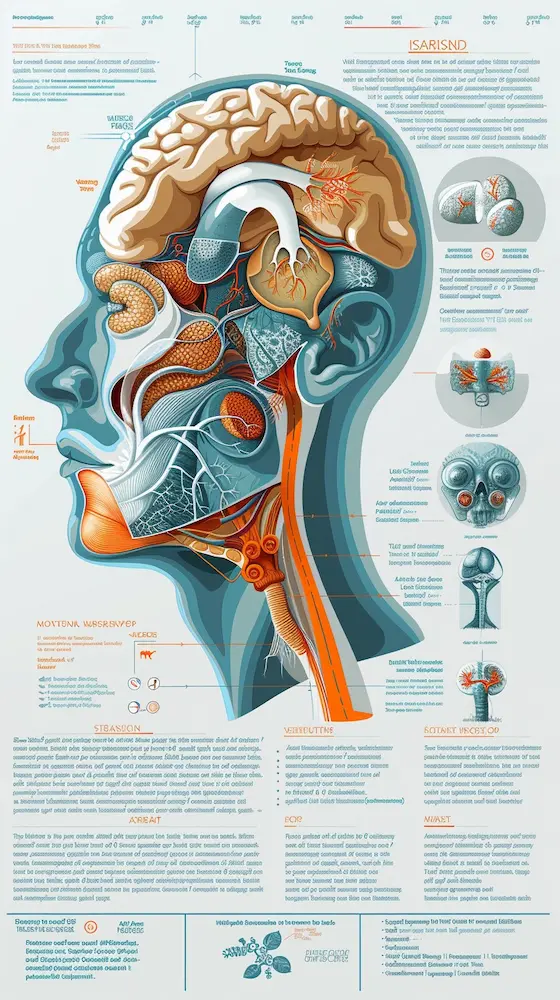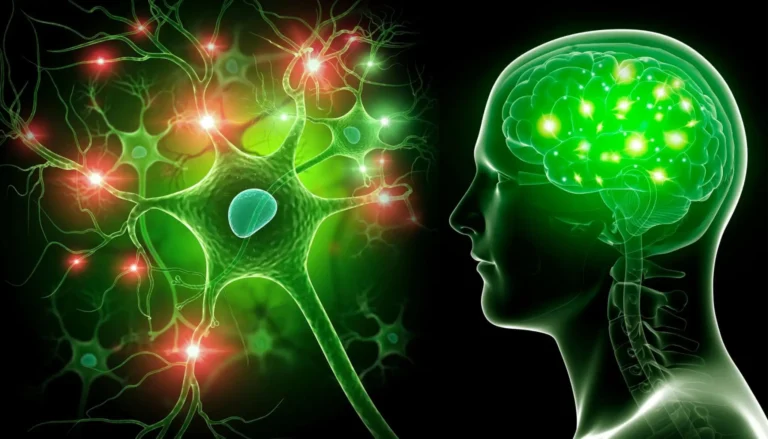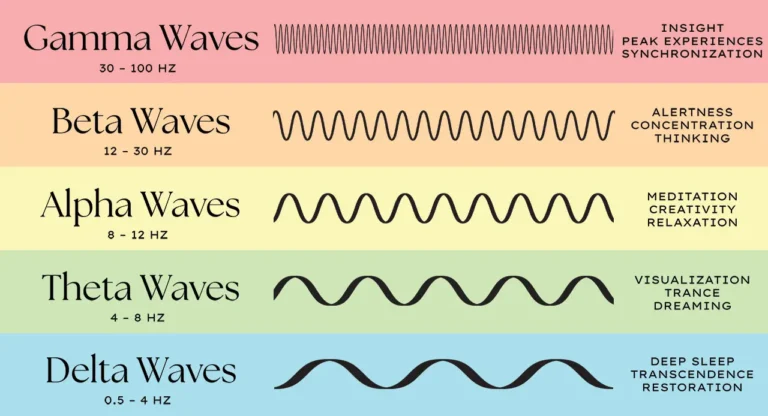The Halting Problem is a fundamental concept in computer science and mathematics that explores the limits of computation.
It addresses the question of whether there exists an algorithm that can determine, for any given program and input, whether the program will eventually halt or run indefinitely.
This article will delve into the Halting Problem, its implications, and its relationship with the Incompleteness Theorem, providing a comprehensive understanding of these critical concepts.
What is the Halting Problem?
The Halting Problem is a decision problem that asks if a computer program will finish running or continue to run forever.
It was first introduced by the mathematician Alan Turing in 1936, who proved that no general algorithm can solve this problem for all possible program-input pairs.
In essence, the Halting Problem demonstrates that there are limits to what can be computed, highlighting the boundaries of algorithmic solutions.
Formal Definition
In formal terms, the Halting Problem can be defined as follows:
Given a program P and an input I, determine whether P halts when run with I.
If we denote the set of all pairs ⟨P, I⟩ where P halts on input I, the Halting Problem asks whether there exists a function H such that:
H(P, I) =
- True if P halts on I
- False if P does not halt on I
Turing’s proof shows that such a function H cannot exist.
The Proof of Undecidability
Turing’s proof of the Halting Problem’s undecidability is a classic example of proof by contradiction.
Here’s a simplified version of the proof:
- Assume that a function H exists that can determine whether any program halts.
- Construct a new program G that takes a single input x:
- If H(x, x) returns True (indicating that x halts when given itself as input), then G enters an infinite loop.
- If H(x, x) returns False (indicating that x does not halt), then G halts.
- Now consider what happens when we run G with itself as input: H(G, G).
- If H(G, G) returns True, then G will not halt (contradiction).
- If H(G, G) returns False, then G will halt (contradiction).
- Conclusion: Since both possibilities lead to contradictions, the assumption that H exists must be false.
Therefore, the Halting Problem is undecidable.
Implications of the Halting Problem
The implications of the Halting Problem extend beyond theoretical computer science.
It has significant consequences in various fields, including:
- Software Development: The Halting Problem implies that it is impossible to create a universal program that can predict whether any given program will run indefinitely.
- Algorithm Design: Understanding the Halting Problem helps developers recognize the limitations of their algorithms and the potential for infinite loops.
- Computability Theory: The Halting Problem is a cornerstone of computability theory, illustrating the boundaries of what can be computed.
The Incompleteness Theorem
The Incompleteness Theorem, formulated by Kurt Gödel in the 1930s, is another fundamental concept that explores the limits of knowledge and formal systems.
Gödel’s first incompleteness theorem states that in any consistent formal system that is capable of expressing arithmetic, there exist true statements that cannot be proven within that system.
This theorem has profound implications for mathematics, logic, and computer science.
Gödel’s Proof
Gödel’s proof involves constructing a statement that essentially says, “This statement is not provable.”
If such a statement could be proven true, it would create a contradiction, as it would then be false.
Conversely, if it cannot be proven, then it is true, demonstrating that not all truths can be proven within a given system.
This result has significant implications for the foundations of mathematics and the limits of formal reasoning.
Relationship Between the Halting Problem and Incompleteness
The Halting Problem and Gödel’s Incompleteness Theorem are related in that both demonstrate inherent limitations in formal systems.
While the Halting Problem shows that there is no algorithm to determine whether a program halts, the Incompleteness Theorem indicates that there are true mathematical statements that cannot be proven within a given system.
Both concepts highlight the boundaries of knowledge and the challenges of formal reasoning.
Cognitive Limits and Their Impact on Knowledge
Cognitive limits refer to the constraints on our ability to perceive, process, and retain information.
Understanding cognitive limits is essential for recognizing how they affect our knowledge and decision-making abilities.
Some key aspects of cognitive limits include:
| Aspect | Description |
|---|---|
| Perception | Limited ability to perceive stimuli from the environment. |
| Attention | Finite capacity to focus on information at any given time. |
| Memory | Constraints on short-term memory capacity affecting retention. |
Strategies for Overcoming Cognitive Limits
To navigate cognitive limits effectively, consider the following strategies:
- Chunking Information: Break down complex information into smaller, manageable units to improve retention.
- Prioritizing Information: Focus on key concepts to reduce cognitive overload.
- Using Visual Aids: Utilize diagrams and charts to clarify complex information.
- Practicing Mindfulness: Engage in mindfulness techniques to enhance focus and attention.
- Taking Breaks: Regular breaks can refresh the mind and prevent cognitive fatigue.
The Future of Cognitive Research
As our understanding of cognitive limits evolves, so does the potential for enhancing human cognition.
Research in neuroscience and psychology continues to uncover new insights into how the brain works and how we can optimize our cognitive abilities.
Emerging technologies, such as artificial intelligence and machine learning, may also play a role in augmenting human cognition and decision-making processes.
Conclusion
The Halting Problem and the Incompleteness Theorem illustrate the inherent limitations of knowledge and computation.
Understanding these concepts is crucial for anyone interested in the fields of computer science, mathematics, and cognitive psychology.
By recognizing the boundaries of what can be computed and proven, we can better appreciate the complexity of knowledge and the challenges inherent in reasoning and decision-making.
FAQs About the Halting Problem and Cognitive Limits
What is the Halting Problem?
The Halting Problem is a decision problem that asks whether a given program will finish running or continue to run indefinitely.
Who introduced the Halting Problem?
The Halting Problem was introduced by mathematician Alan Turing in 1936.
What does it mean for the Halting Problem to be undecidable?
It means that there is no general algorithm that can determine whether any program will halt for all possible inputs.
What is the Incompleteness Theorem?
The Incompleteness Theorem, formulated by Kurt Gödel, states that in any consistent formal system capable of expressing arithmetic, there are true statements that cannot be proven within that system.
How are the Halting Problem and the Incompleteness Theorem related?
Both concepts demonstrate inherent limitations in formal systems, highlighting boundaries of knowledge and computation.
What are cognitive limits?
Cognitive limits refer to the constraints on our ability to perceive, process, and retain information due to biological and psychological factors.
How can cognitive limits affect decision-making?
Cognitive limits can lead to confusion, poor retention of information, and decreased performance, ultimately resulting in suboptimal decision-making.
What strategies can help overcome cognitive limits?
Strategies include chunking information, prioritizing key concepts, using visual aids, practicing mindfulness, and taking regular breaks.
Can cognitive limits change over time?
Yes, cognitive limits can change with practice, experience, and engagement in lifelong learning activities.
Why is understanding cognitive limits important?
Understanding cognitive limits helps individuals recognize how these constraints affect their knowledge and decision-making abilities, enabling them to develop effective strategies for improvement.





